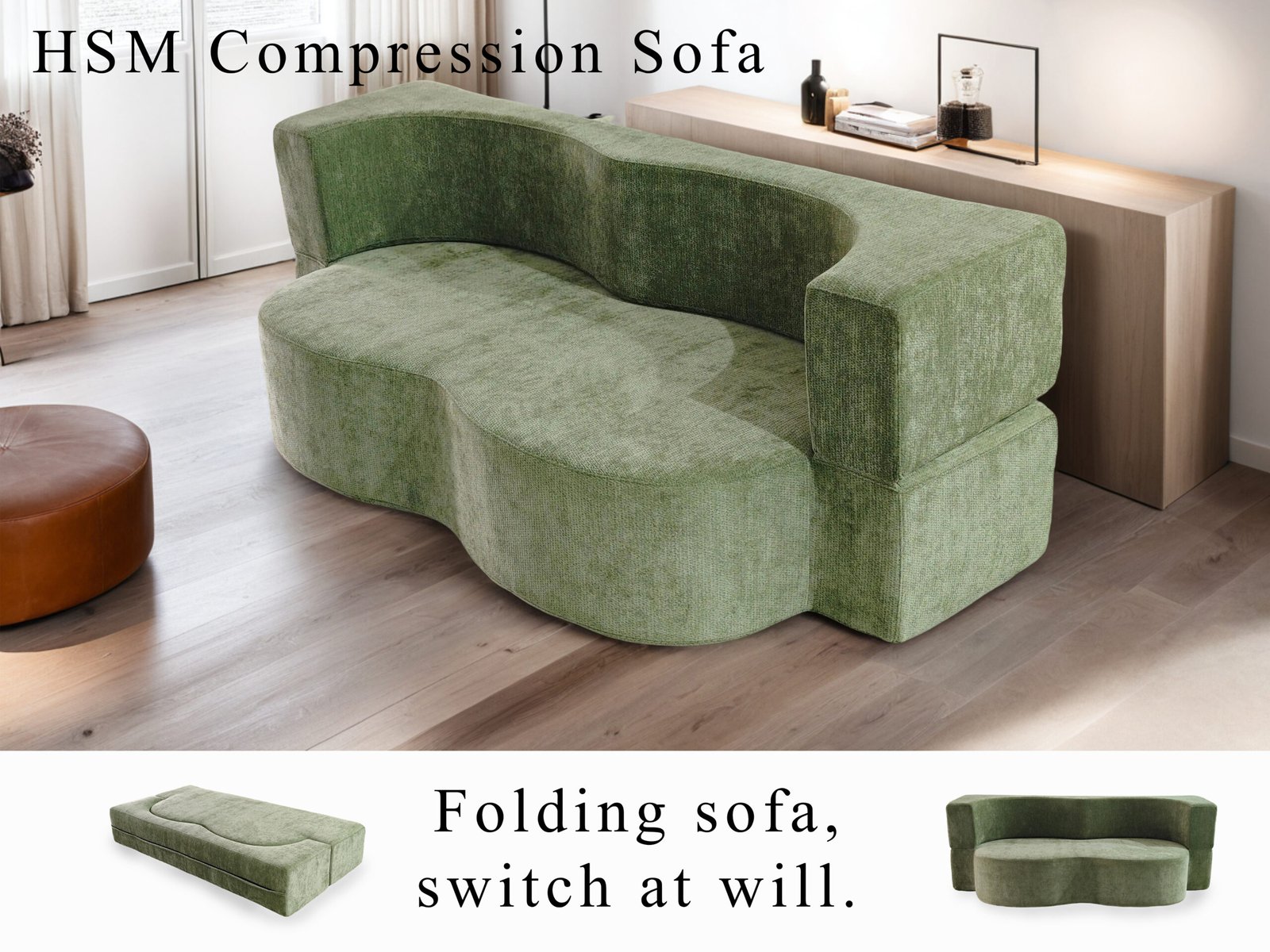
The global demand for compressed sofas is growing, offering a lucrative business opportunity for importers.
To import compressed sofas from China successfully, you need to conduct market research, find reliable suppliers, ensure quality control, calculate costs, handle shipping and customs, and establish a distribution strategy.
This guide will walk you through each step of the process.
Step 1: Conduct Market Research
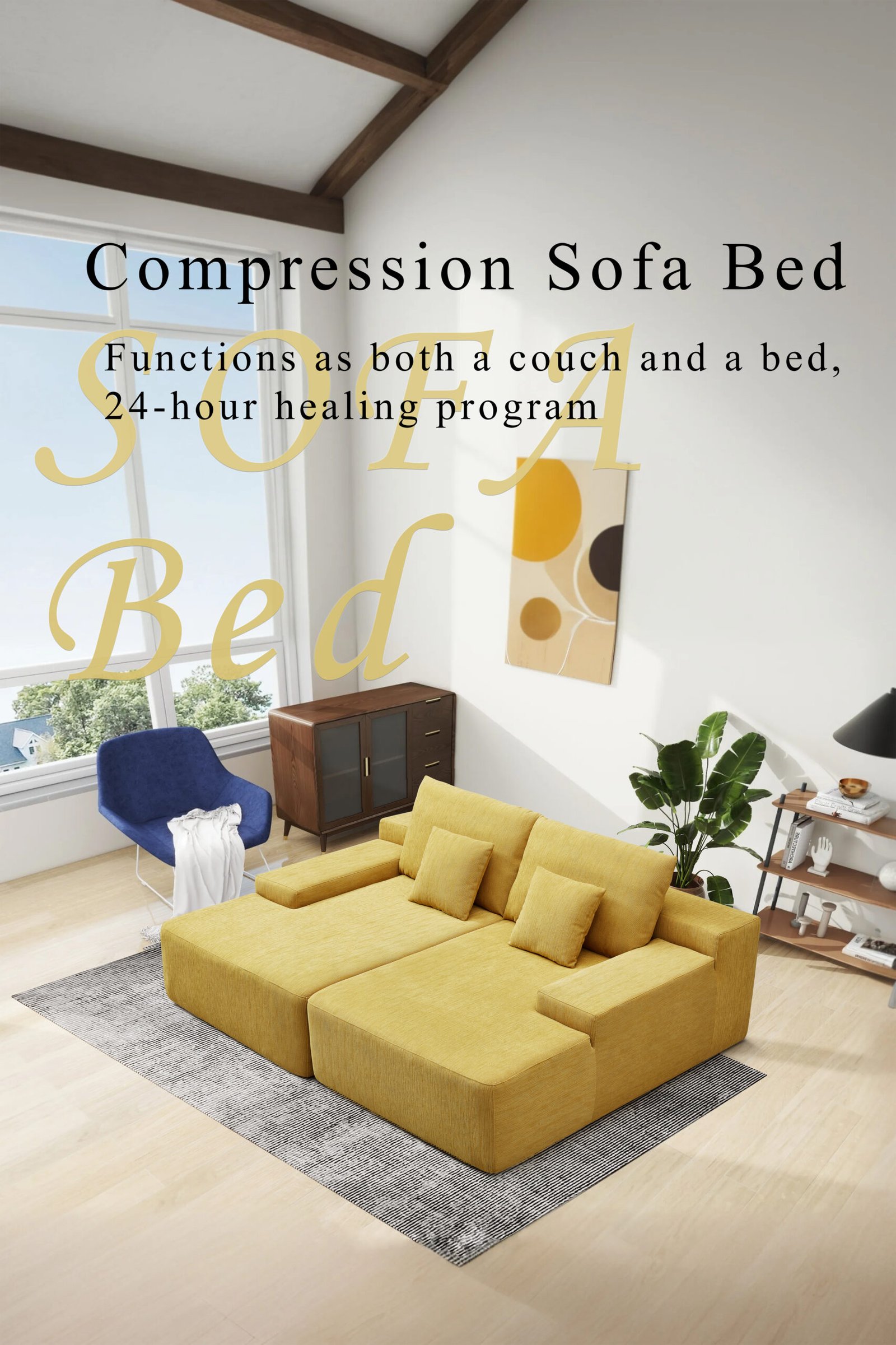
Before importing, it's essential to analyze the demand and competition in your target market.
Market research helps you identify customer preferences, price expectations, and competitors.
Key Factors to Research
| Factor | Why It Matters |
|---|---|
| Consumer Demand | Determines the potential success of your business. |
| Popular Sofa Designs | Helps in selecting the right products for your market. |
| Price Range | Ensures competitive pricing. |
| Competitor Analysis | Identifies market gaps and opportunities. |
Use online surveys, market reports, and competitor research to refine your product selection.
Step 2: Find Reliable Suppliers in China
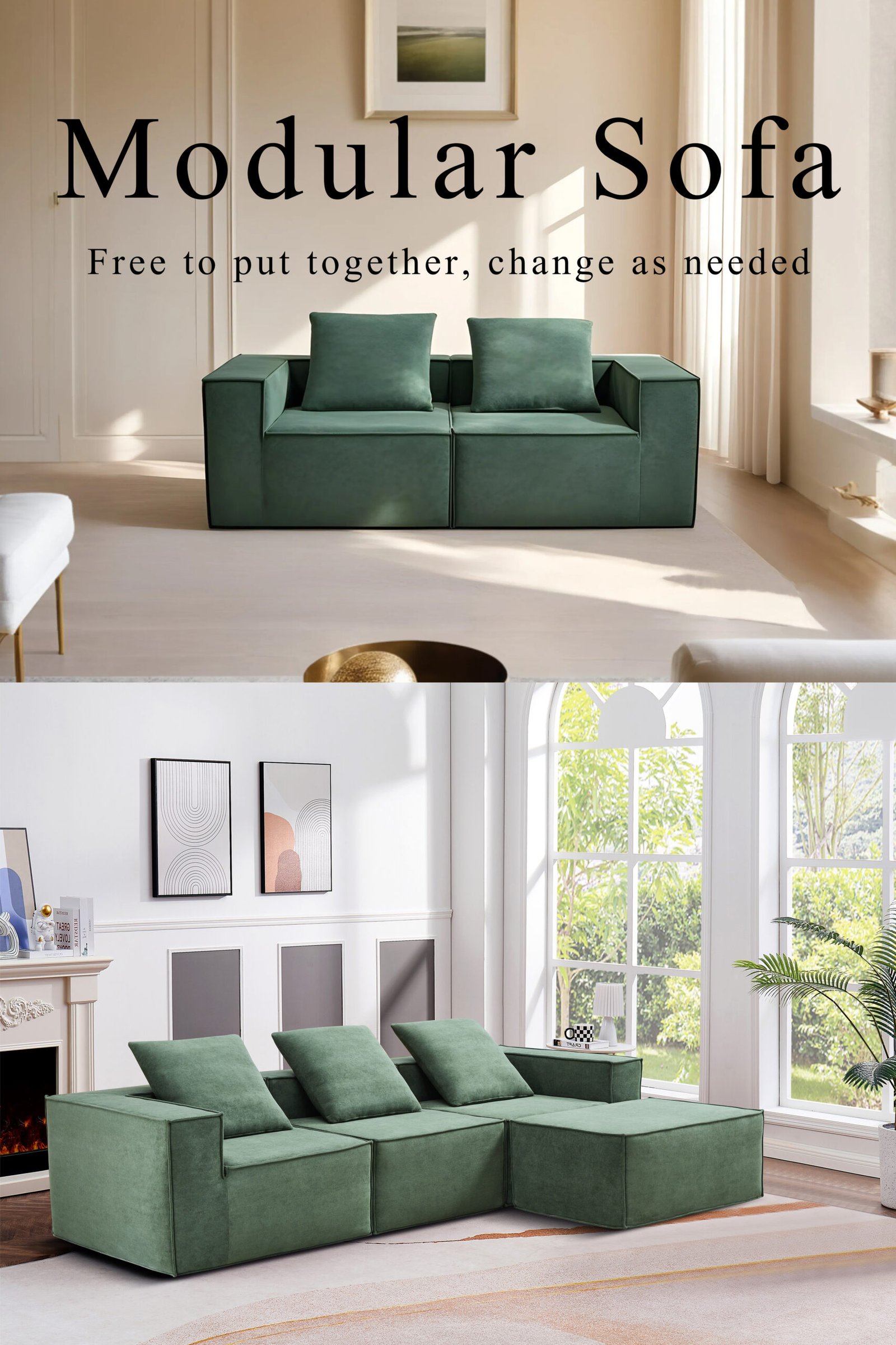
Choosing a reliable supplier is crucial to ensuring product quality and timely delivery.
You can find suppliers through online platforms or trade fairs.
Where to Source Suppliers?
- Alibaba (www.alibaba.com) – Largest marketplace for wholesale suppliers.
- Made-in-China (www.made-in-china.com) – Features verified manufacturers.
- Canton Fair (Guangzhou, China) – A top international trade fair for furniture imports.
How to Choose the Best Supplier?
| Criteria | What to Look For |
|---|---|
| Experience | A supplier with at least 5+ years of exporting sofas. |
| Certifications | Look for ISO, CE, or SGS certifications for quality assurance. |
| Product Samples | Order samples to check fabric, frame, and foam quality. |
| Production Capacity | Ensure they can meet your order volume and deadlines. |
Always communicate clearly with suppliers about your requirements before placing a bulk order.
Step 3: Ensure Quality Control

Importing defective products can lead to losses and customer dissatisfaction.
Conduct product inspections before shipping to verify quality.
Quality Control Checklist
- Frame Strength – Check if the frame is made from hardwood or reinforced metal.
- Foam Density – Ensure cushions are firm and durable.
- Upholstery Fabric – Look for wear resistance and easy-to-clean materials.
- Compression Packaging – Verify that sofas expand properly after unboxing.
You can hire third-party inspection companies like SGS, Bureau Veritas, or Intertek to conduct on-site inspections.
Step 4: Calculate Costs and Budget
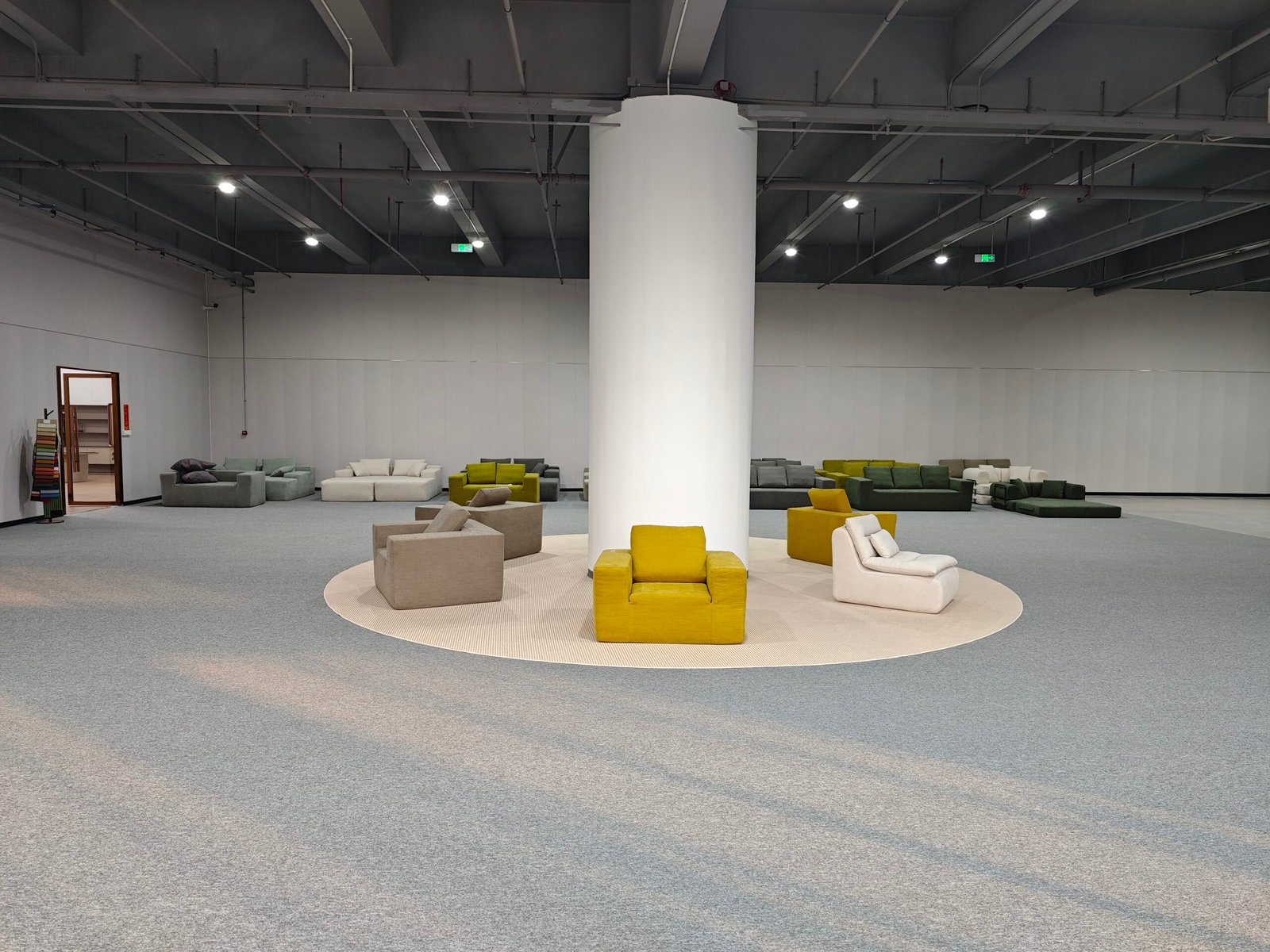
Understanding the total cost is critical for setting profitable pricing.
The total cost includes production, shipping, import duties, and logistics.
Cost Breakdown
| Cost Component | Description |
|---|---|
| Product Cost | Price per unit from the supplier. |
| Shipping Cost | Varies based on sea freight or air freight. |
| Import Duties & Taxes | Customs duties depend on your country’s tariff rates. |
| Storage & Distribution | Warehouse fees and delivery costs. |
Request detailed quotes from multiple suppliers and freight forwarders to compare pricing.
Step 5: Arrange Shipping and Logistics
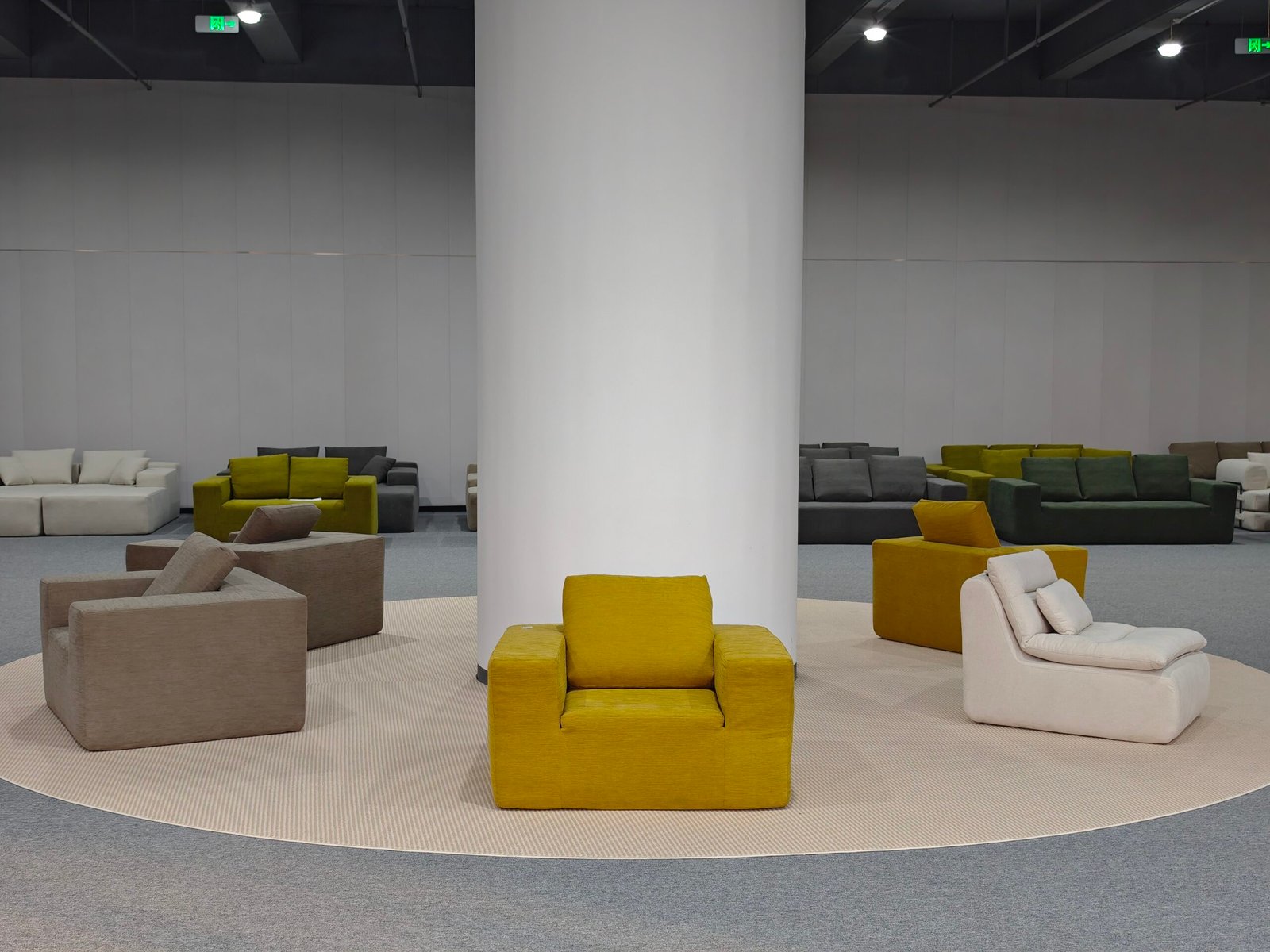
Choosing the right shipping method ensures timely and cost-effective delivery.
You can opt for sea freight (cheaper for bulk orders) or air freight (faster but costly).
Freight Options
| Shipping Method | Pros | Cons |
|---|---|---|
| Sea Freight | Lower cost for large volumes | Takes 20-40 days |
| Air Freight | Fast delivery (5-7 days) | Expensive |
Essential Shipping Documents
- Bill of Lading (BOL) – Confirms ownership of goods.
- Commercial Invoice – Details the transaction value.
- Packing List – Specifies the contents of the shipment.
- Certificate of Origin – Required for customs clearance.
Work with a freight forwarder to handle documentation and customs clearance.
Step 6: Clear Customs and Pay Import Duties
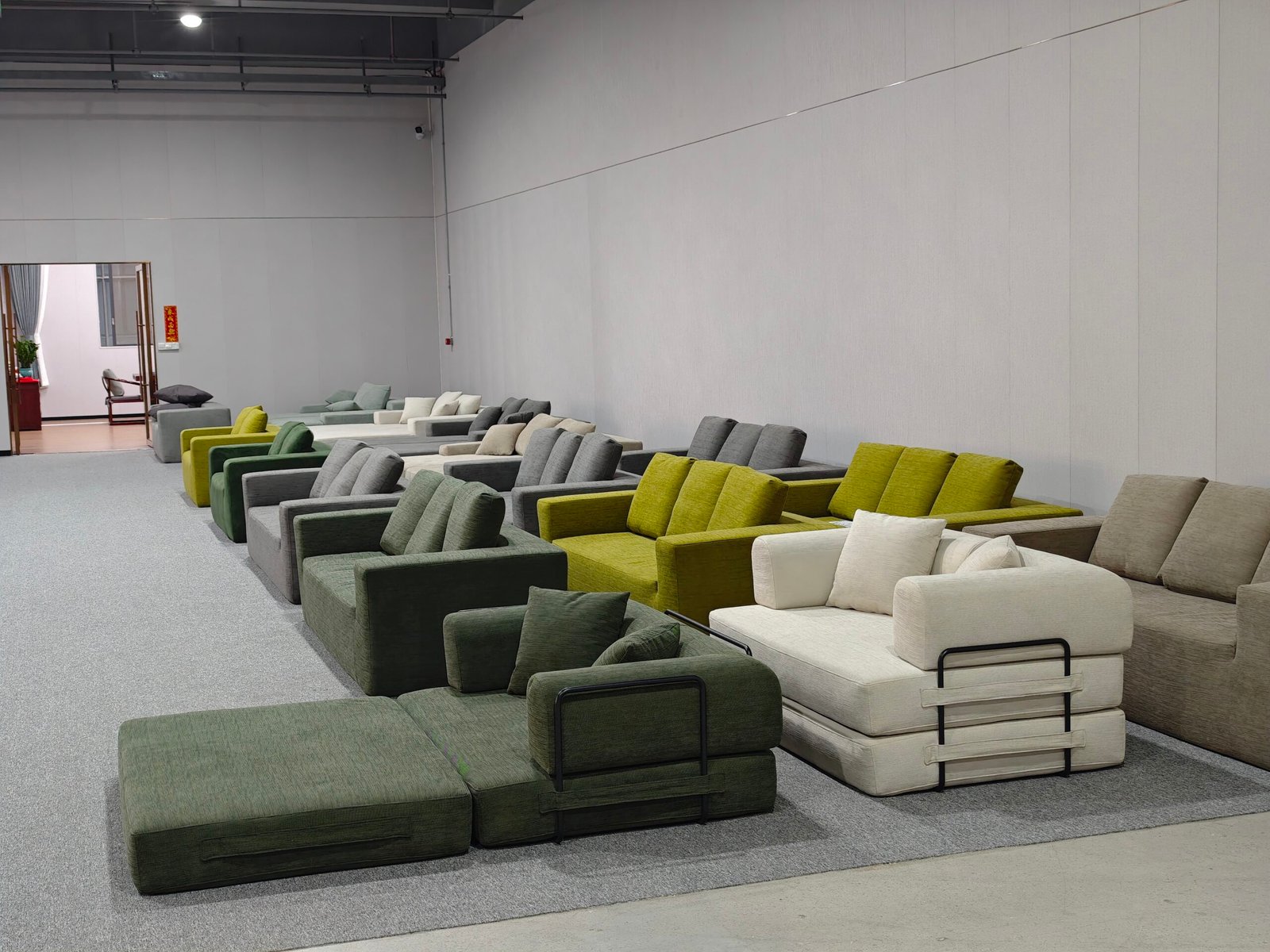
Your shipment must pass customs clearance before being released for delivery.
Each country has specific import regulations, so ensure compliance.
Customs Clearance Process
- Submit Required Documents – Provide invoices, packing lists, and import licenses.
- Pay Import Duties & Taxes – Check local tariff rates for furniture.
- Inspection by Customs Authorities – Goods may be checked for compliance.
- Release of Shipment – Once cleared, the sofas are ready for distribution.
Hiring a customs broker can simplify the process and prevent delays.
Step 7: Store and Distribute Your Sofas

Once the sofas arrive, you need a strategy for storage and distribution.
Decide whether to use a warehouse, dropshipping, or direct-to-customer delivery.
Distribution Options
- Retail Stores – Display products in a physical showroom.
- E-commerce Sales – Sell through platforms like Jumia, Amazon, or your website.
- Wholesale Distribution – Supply to furniture retailers in bulk.
Choose a logistics partner to ensure smooth last-mile delivery.
Step 8: Market Your Compressed Sofas
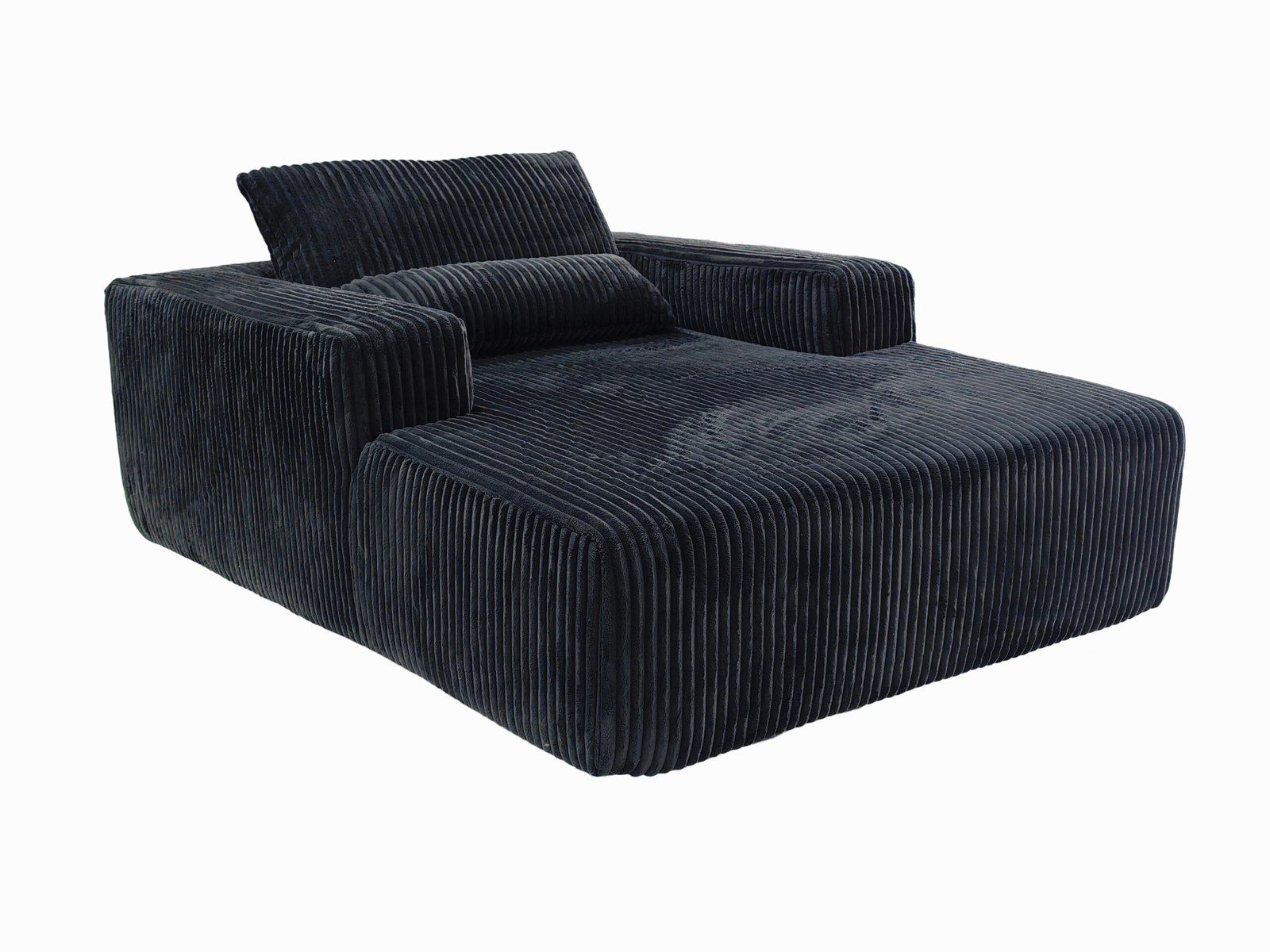
A strong marketing strategy increases sales and brand recognition.
Use online and offline marketing tactics to attract customers.
Effective Marketing Strategies
- Social Media Advertising – Promote on Facebook, Instagram, and TikTok.
- SEO & Content Marketing – Optimize product pages for Google search.
- Customer Reviews & Testimonials – Build trust with buyer feedback.
- Offline Promotions – Partner with home decor stores and exhibitions.
Targeted advertising helps maximize sales and brand visibility.
Conclusion
Importing compressed sofas from China is a profitable business when done strategically. Follow these steps to ensure success:
- Research Market Demand – Understand your customers.
- Find Reliable Suppliers – Verify quality before ordering.
- Ensure Quality Control – Inspect products before shipment.
- Calculate Total Costs – Budget for all expenses.
- Arrange Shipping & Logistics – Choose the best freight method.
- Handle Customs Clearance – Ensure compliance with import laws.
- Store & Distribute Products – Optimize warehousing and delivery.
- Market Your Sofas Effectively – Use online and offline promotion strategies.
By taking a structured approach, you can successfully import and sell compressed sofas, meeting the growing demand for space-saving, stylish furniture.